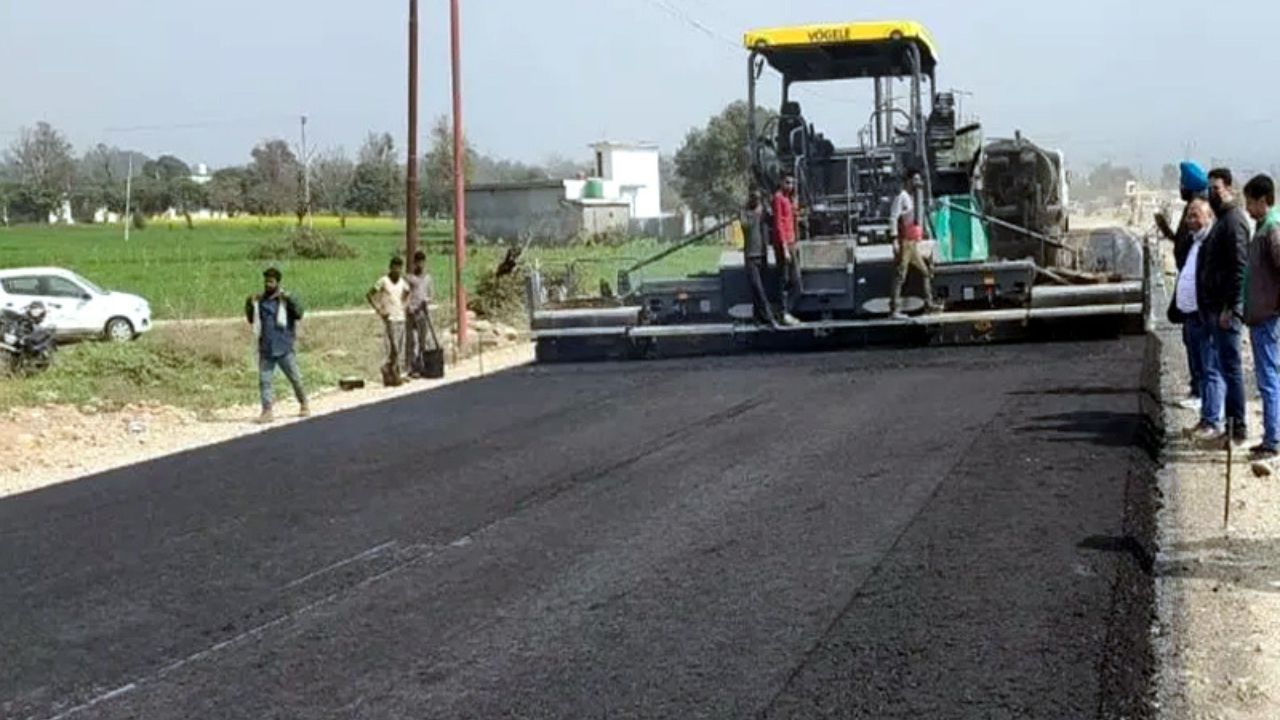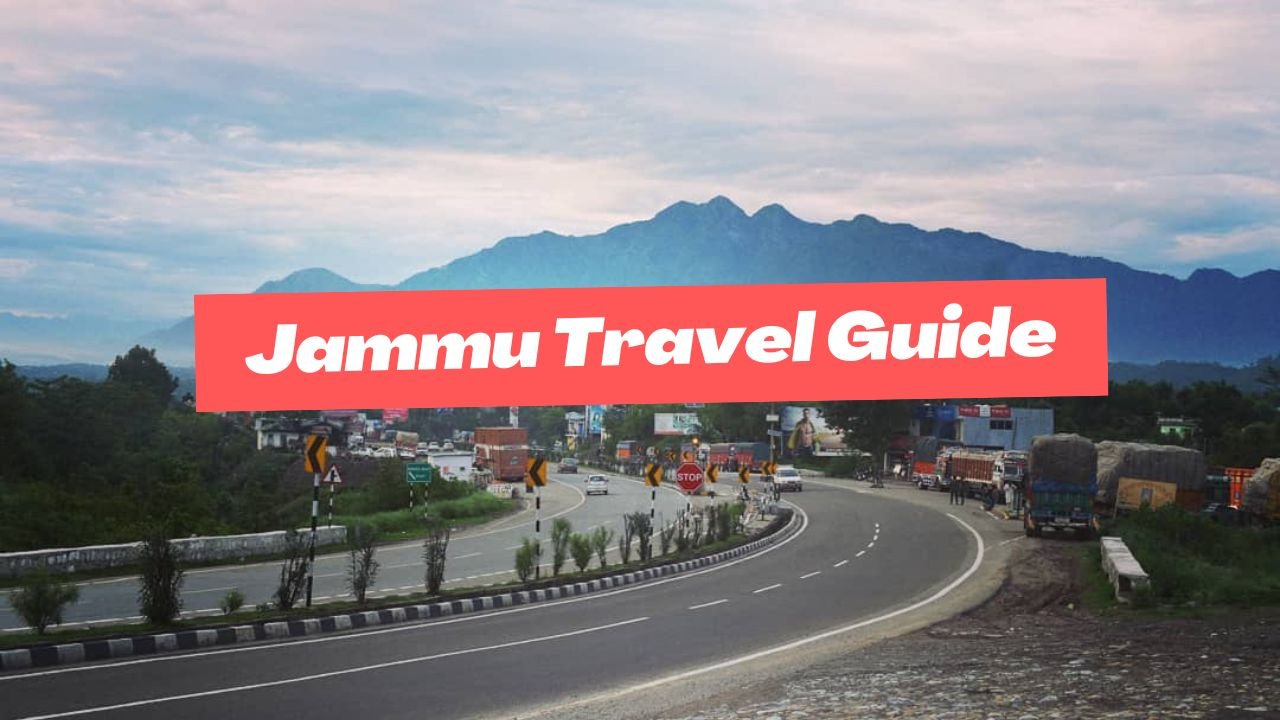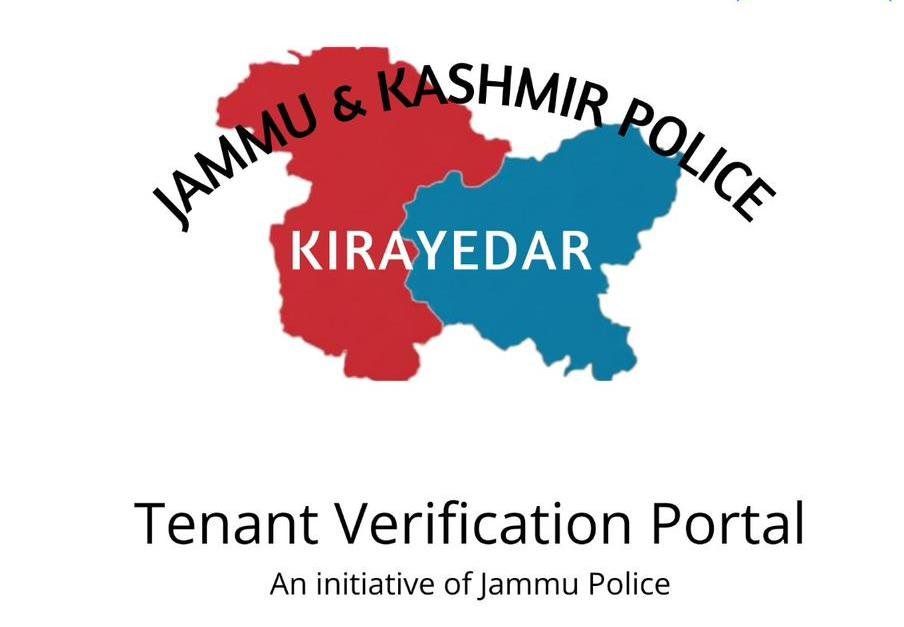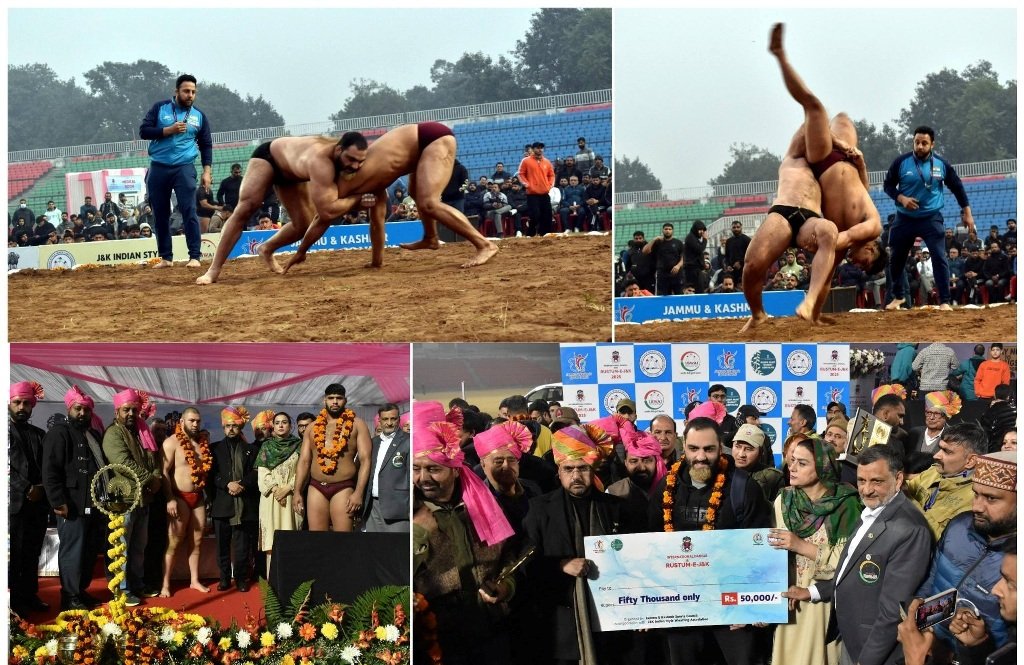The Jammu-Akhnoor four-laning project, imagined as a key infrastructure milestone in Jammu and Kashmir under the Prime Minister’s Development Package of 2015, has become a glaring example of delays and inefficiencies. Despite its designation as National Highway-144A and its immense strategic importance, this 26.35 km stretch has consistently missed completion deadlines. With the latest target of December 31, 2024, appearing uncertain, the project’s challenges underscore poor project management, lack of accountability, and inadequate coordination among stakeholders.
Jammu-Akhnoor Road four-laning project: A History of Delays
Initially sanctioned nearly a decade ago and projected for completion by 2021, the Jammu-Akhnoor road four-laning project has faced numerous obstacles. Delays have been attributed to contractor inefficiencies, disputes over bridge designs, and unresolved land acquisition issues. Such challenges are common in large-scale infrastructure projects; however, the extent of neglect in this case has set it apart.
The inability to complete this crucial road link undermines its strategic significance as a lifeline for commuters and military operations. With each missed deadline, public confidence erodes further, highlighting the urgent need for better oversight and management.
Read also: Future of Entertainment in Jammu: Water Theme Park in Sidhra
Contractor Performance on Akhnoor Road: A Major Roadblock
At the core of the delays lies the contracting agency, M/s Tarmat Pvt Ltd. Awarded the project under the Engineering, Procurement, and Construction (EPC) model in 2019, the contractor’s progress has been poor. By July 2021, only 30.73% of the financial progress had been achieved against the target of 100%.
Key components of the project, such as the bridge over the Ranbir Canal near Dumimalpur, remain untouched due to disputes over design. NHIDCL’s decision to place Tarmat on the “Negative List” in 2021 was an essential step, but allowing the contractor to continue raises serious concerns about due diligence and accountability.
The Subcontracting Problem in Jammu-Akhnoor Road four-laning project
Further complicating the issue, Tarmat outsourced portions of the Jammu-Akhnoor four-laning project to local subcontractors with limited expertise. This move has resulted in compromised work quality and additional delays. Subcontractors have pointed fingers at NHIDCL for delayed payments and unresolved land acquisition issues, exposing the lack of cohesive communication and planning among stakeholders.
NHIDCL, as the supervisory authority, has faced criticism for inadequate monitoring and non-compliance with National Highway standards. Such lapses tarnish its credibility and exacerbate the project’s woes.
Seasonal Challenges and Rising Costs of Jammu-Akhnoor four-laning project
Winter seasons present another significant hurdle, as macadamization work grinds to a halt until March 2025. These seasonal disruptions, coupled with recurring delays, have inflated project costs and burdened taxpayers. For nearly a decade, residents along the 26-km stretch have endured pervasive dust and health hazards, which have been largely ignored by authorities.
Strategic Importance of the Project Jammu-Akhnoor four-laning project
The Jammu-Akhnoor four-laning project is more than just an infrastructure upgrade; it is a strategic link vital for military logistics and regional connectivity. Delays in its completion disrupt security operations and hinder economic growth by stifling trade and connectivity.
Civilians are left to navigate an incomplete and hazardous road, leading to safety concerns and reduced quality of life. This critical project represents not just monetary losses but also a decade of neglected health and environmental impacts for local communities.
The Jammu-Akhnoor road four-laning project is a litmus test for the Government’s commitment to infrastructure development in Jammu and Kashmir. Its successful completion is critical to fulfilling promises of economic growth and connectivity in the region.
For the people of Jammu and Akhnoor, this road represents more than development; it symbolizes hope for a brighter future. The delays must end, and the journey toward completion must accelerate. The time has come to prioritize action over promises and deliver a road that truly serves its purpose.
















